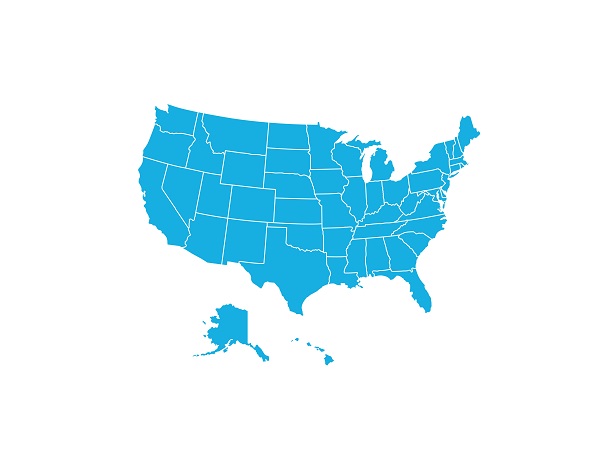Thursday morning the Department of Labor will release how many people filed for unemployment in the past week. Last week's number was an astounding 3 million plus. This week it is estimated that it could be anywhere from 4.5 million to 5.5 million.
As the coronavirus continues to wreak havoc with the US economy, these numbers are expected to rise with some states enduring deeper declines than others.
A new analysis by IHS Markit finds that tourism-dependent states are seeing the largest immediate declines. In particular, Nevada and Florida will be the hardest, with employment falling 9.8% and 7.9%, respectively, by the end of this year. Temporary shutdowns among resorts and casinos will lead to a dramatic decline in the second quarter in these states with total employment plunging more than 30% (annualized) in Nevada and 20% in Florida.
Manufacturing-intensive areas in the Midwest and the generally slower growing and densely populated Northeast will also be among the states with the deepest employment declines this year, IHS Markit found. Most sectors of manufacturing, with the exception of food and other consumer staples, will be affected by plant shutdowns due to reduced demand along with virus concerns.
Texas, North Dakota, New Mexico, Oklahoma, and Alaska stand to endure significant economic losses as mining output shrinks over 2020 and 2021. In the second quarter of 2020, the negative impacts resulting from virus mitigation efforts will dominate the economic picture even in the major oil-producing states, IHS Markit said. "As broader economic conditions start to improve in 2021, oil-producing states will see a slower rebound as they continue to grapple with weakness in the oil patch." Economic losses related to oil will be much more pronounced in gross state product than employment given the high output nature of the industry, the report found. In Texas, for example, the natural resources and mining sector accounts for 15% of real GSP but only 2% of jobs.
By contrast, South Dakota, Nebraska, and Iowa will be the most resilient given their smaller share of sectors most exposed to COVID-19 disruption and rural landscape, which naturally helps with social distancing.
The good news, writes principal economist Karl Kuykendall, is that the states and metros hit hardest will generally be among the fastest growing over the ensuing recovery "as activity that fell most sharply during the downturn has the greatest room for growth as conditions normalize."
© Touchpoint Markets, All Rights Reserved. Request academic re-use from www.copyright.com. All other uses, submit a request to [email protected]. For more inforrmation visit Asset & Logo Licensing.








